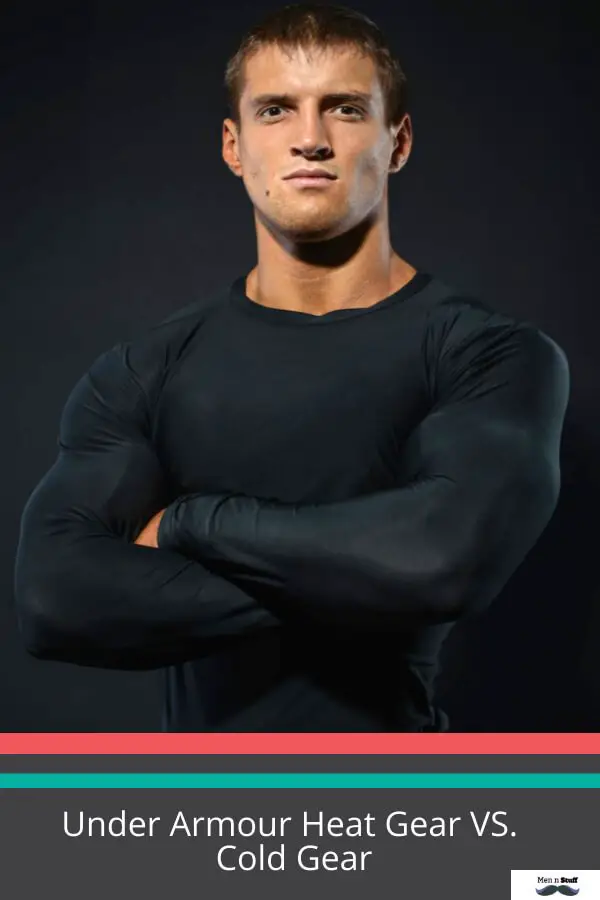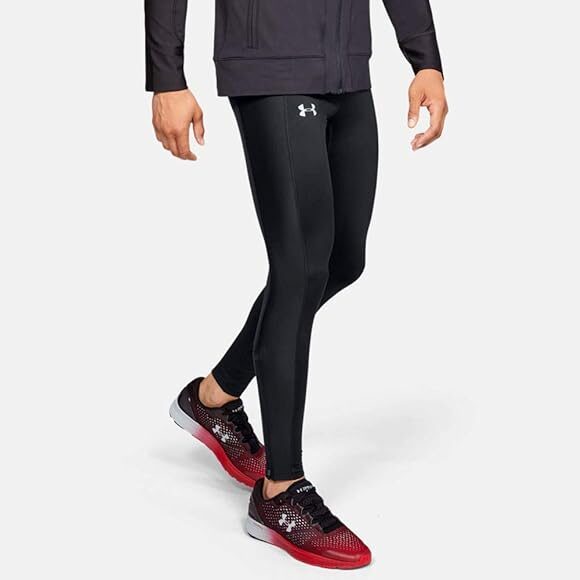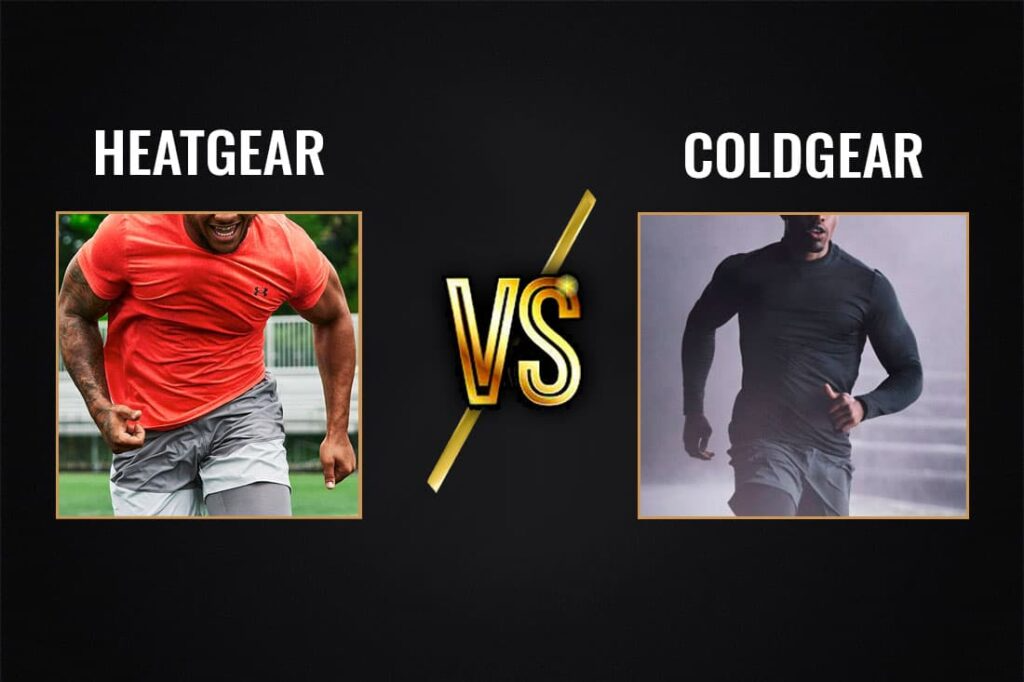Difference Between Heat Gear And Cold Gear Under Armour

Athletes and outdoor enthusiasts, choosing the wrong apparel can cripple performance. Understanding the key differences between Under Armour's HeatGear and ColdGear is crucial for optimizing comfort and maintaining peak physical condition in varying temperatures.
This article provides a concise breakdown of these two popular performance apparel lines, detailing their construction, intended use, and ideal temperature ranges, so you can make informed purchasing decisions and stay ahead of the elements. Don't get caught off guard; learn the facts now.
HeatGear: Beat the Heat
HeatGear is engineered to keep you cool and dry when temperatures rise. Designed for warm weather workouts and high-exertion activities, it prioritizes breathability and moisture-wicking.
The fabric is typically made from a lightweight, highly breathable blend of polyester and elastane. This allows air to circulate freely, promoting evaporation and keeping you feeling cooler.
Under Armour utilizes its signature Moisture Transport System in HeatGear. This system actively pulls sweat away from your skin, accelerating the evaporation process and preventing that heavy, uncomfortable feeling.
Key Features of HeatGear:
Lightweight and breathable fabric.
Superior moisture-wicking capabilities (Moisture Transport System).
Designed for temperatures above 75°F (24°C).
According to Under Armour's website, HeatGear apparel helps athletes stay cooler and drier, maximizing performance during intense training sessions in hot conditions. Failing to select the appropriate gear could mean overheating, fatigue, and reduced efficiency.
ColdGear: Conquer the Cold
Conversely, ColdGear is built to trap heat and keep you warm in cold weather conditions. This line is perfect for outdoor workouts, layering during colder months, or simply staying comfortable in chilly environments.
The fabric often features a dual-layer construction. The inner layer traps heat against your skin, while the outer layer wicks away moisture to prevent chills.
Under Armour's ColdGear Infrared technology is a notable feature in some ColdGear products. It uses a special ceramic print to absorb and retain your body heat, providing extra warmth without adding bulk.
Key Features of ColdGear:
Dual-layer fabric construction for heat retention and moisture wicking.
Optional ColdGear Infrared technology for enhanced warmth.
Ideal for temperatures below 55°F (13°C).
Under Armour asserts that ColdGear helps athletes stay warm without feeling weighed down. The right choice of base layer is essential for exercising during the colder months.
Choosing the Right Gear
The primary difference lies in the intended use and the technology employed to regulate body temperature. HeatGear is about keeping you cool and dry, while ColdGear focuses on trapping heat and preventing chills.
Consider the ambient temperature and the intensity of your activity. Overdressing or underdressing can negatively impact your performance and comfort.
If you're unsure, it's often best to layer. Start with a ColdGear base layer and add additional layers as needed to regulate your body temperature effectively.
Stay Informed, Stay Prepared
Under Armour continuously innovates its performance apparel lines. Always check the product description and temperature recommendations before making a purchase.
Athletes need to know what to wear, so they don't become overheated and exhausted during their workout.
Monitor Under Armour's official website for the latest product releases and technological advancements. Continue to educate yourself on the optimal gear for any environment to maximize your performance and safety.


















